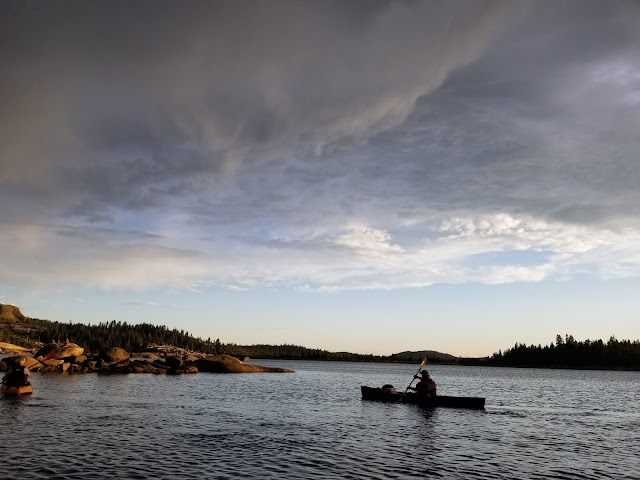Canoecopia will be paddling on the virtual waves of the internet this year. Organizers in the wake of the ongoing pandemic will be hosting the annual what some call the largest paddlesports consumer event in the world online.
"We're so pleased to be able to present to you a virtual Canoecopia this year!" wrote the owner of Rutabaga Paddlesports, Darren Bush, on the Canoecopia web page, "We hope this helps to start the 2021 season with optimism and hope. It'll be different, but we're confident you'll love what we've done, along with our amazing exhibitors and presenters."
Covid-19 capsized last year's event held annually in Madison, WI, due to safety concerns about the spreading of the virus. Canoecopia is normally, wall to wall with kayaks, canoes, stand-up paddleboards, outdoor equipment, and paddling gear. With over 180 seminars and clinics, the annual was a great place to learn how to up paddling techniques, develop skills to get you where you want to go, and discover some of the many places to paddle. Over the years, topics have included paddling on multi-day trips into Canada, selecting the right gear, using a GPS and map, food choices, and how to determine the right canoe for a family camping trip. Kayak and canoe companies have also used the event to debut new products
“Cancelling Canoecopia last year was one of the hardest things I’ve ever done, but it was clearly the right thing to do,” said Bush in a video released to attendees. “As we approached the fall, we realized Canoecopia 2021 wasn’t going to happen in real life again because, obviously, of the pandemic. So, we decided to try something different.”
“While there is no good thing about COVID-19, the pandemic has made us all adapt and learn, try new things, envision a way to work around this, and try to make the best of a bad situation,” Bush told Paddling Life, “Adopting a virtual platform has its challenges and drawbacks, as nothing replaces face to face, but at the same time, a lot of Canoecopia attendees had to choose between speakers and sometimes not getting in due to room capacity. Now, with virtual speakers, the size of the room is unlimited and no one has to choose.”
Canoecopia is March 12-14, 2021. Buy your tickets now!
Virtual Tickets
3-Day: $15.00
Virtual Show Hours (CST)
Fri 3/12: 12 - 8 PM
Sat 3/13: 10 - 6 PM
Sun 3/14: 10 - 6 PM
Keep up with Outside Adventure to the Max, on our Facebook page and Instagram and now on Youtube.















